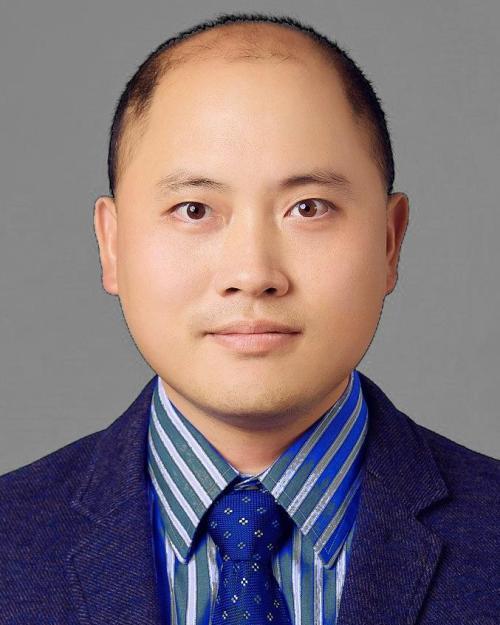
Multiple Harmonic Modeling of Switched-mode Power Conversion Circuits Using Extended Impedance Method
Presentation Menu
Efficient simulation of switched-mode power conversion circuits is crucial for the analysis and optimization of power electronics. In this talk, we introduce the Extended Impedance Method (EIM), a multiple harmonic numerical technique designed for the simulation and analysis of general switched-mode power converter circuits. The EIM method extends the conventional impedance concept, traditionally applied to linear time-invariant (LTI) components, to include linear time-variant (LTV) and nonlinear components, such as MOSFET switches and diodes, which are commonly used in switched-mode power conversion circuits. Unlike traditional system-level approaches that rely on differential equations in the time domain, EIM models the circuit network at the component level in the frequency domain. This allows EIM to capture high-frequency behaviors, particularly around switching instants, which are difficult to reveal using conventional averaging methods. We demonstrate the effectiveness of EIM through three representative examples: a class-E resonant inverter, a kinetic energy harvesting system, and a buck converter. These examples show that EIM can successfully analyze nonlinear electronic and mechatronic systems. Both simulation and experimental results confirm that EIM produces accurate numerical predictions that closely match real-world waveforms, similar to commercial simulators such as PSpice and ADS. Moreover, EIM significantly reduces computational complexity, enabling more efficient and flexible steady-state analysis of switched-mode power electronics.
